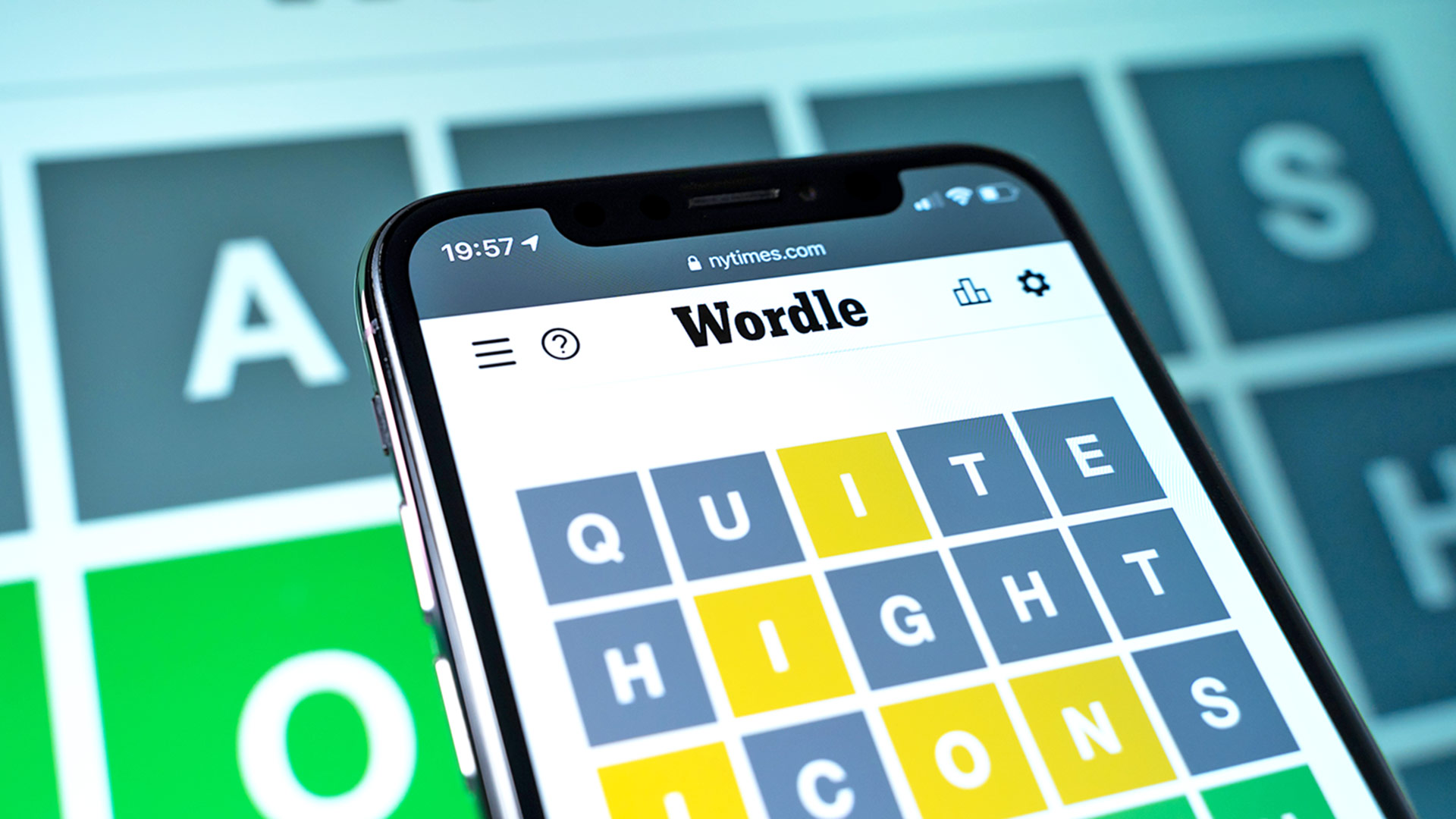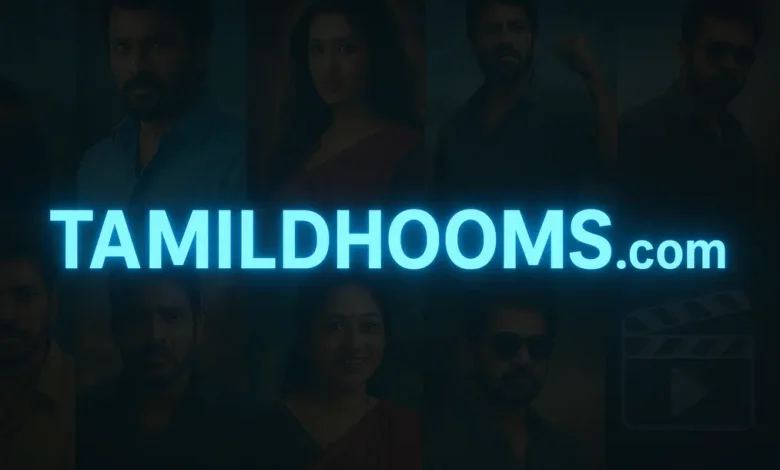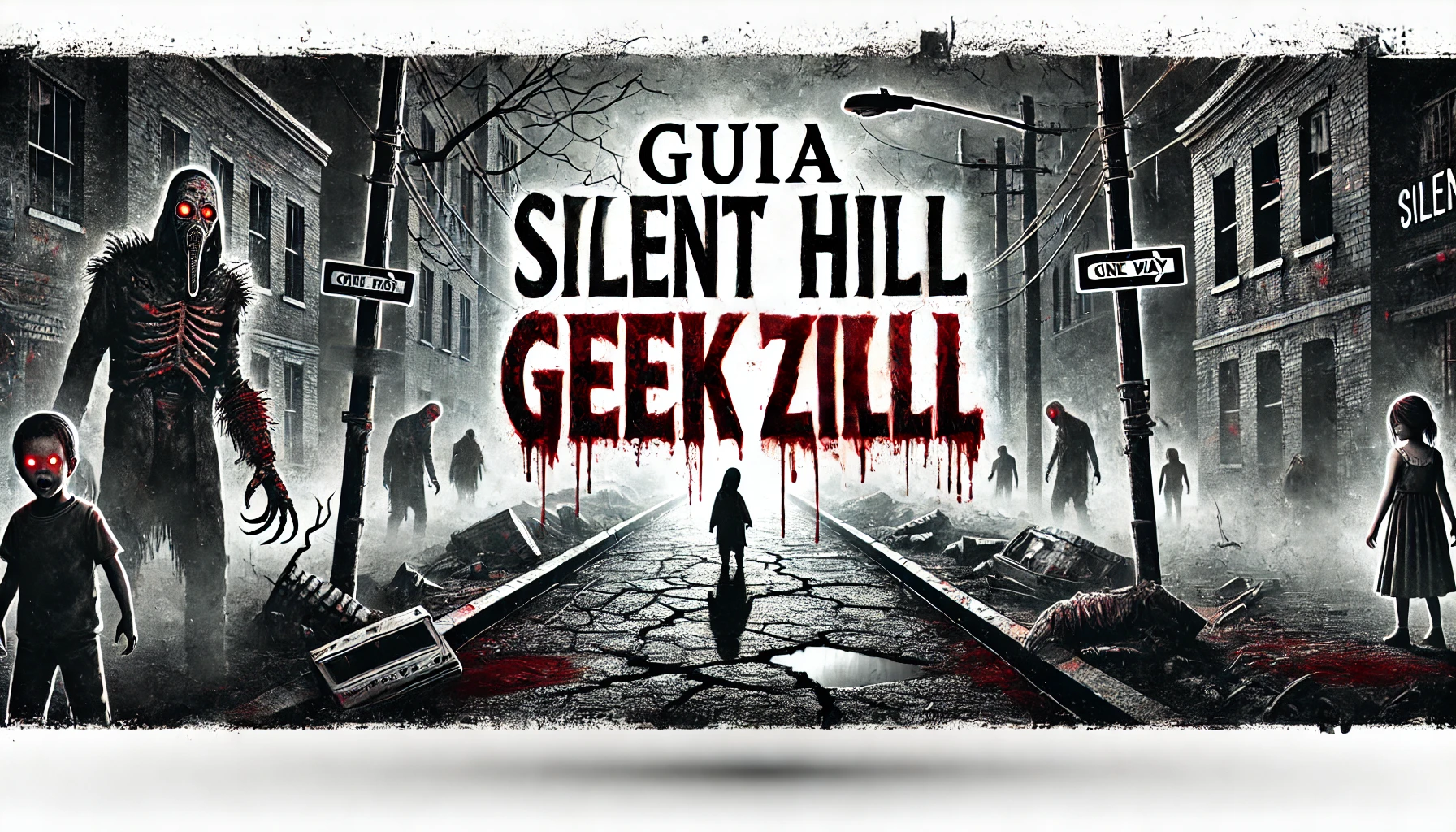In late 2021, a simple word puzzle game called Wordle burst onto the scene and quickly became a global sensation. Created by Josh Wardle as a gift for his partner, this daily word challenge has transformed from a personal project into a cultural phenomenon that brings millions of players together each day. But what exactly makes Wordle so compelling, and why has it maintained its popularity in an increasingly crowded gaming landscape?
What is Wordle?
Wordle is a web-based word puzzle game where players have six attempts to guess a five-letter word. Each day features a new word, and every player worldwide works on solving the same puzzle. The game provides feedback after each guess through a color-coded system: green tiles indicate correct letters in the right position, yellow tiles show correct letters in the wrong position, and gray tiles represent letters not in the target word.
The beauty of Wordl e lies in its simplicity. There are no complex rules, no time pressure, and no need to download an app. Players can access the game through their web browser, make their guesses, and share their results without revealing the actual word to others.
The History and Origins of Wordle
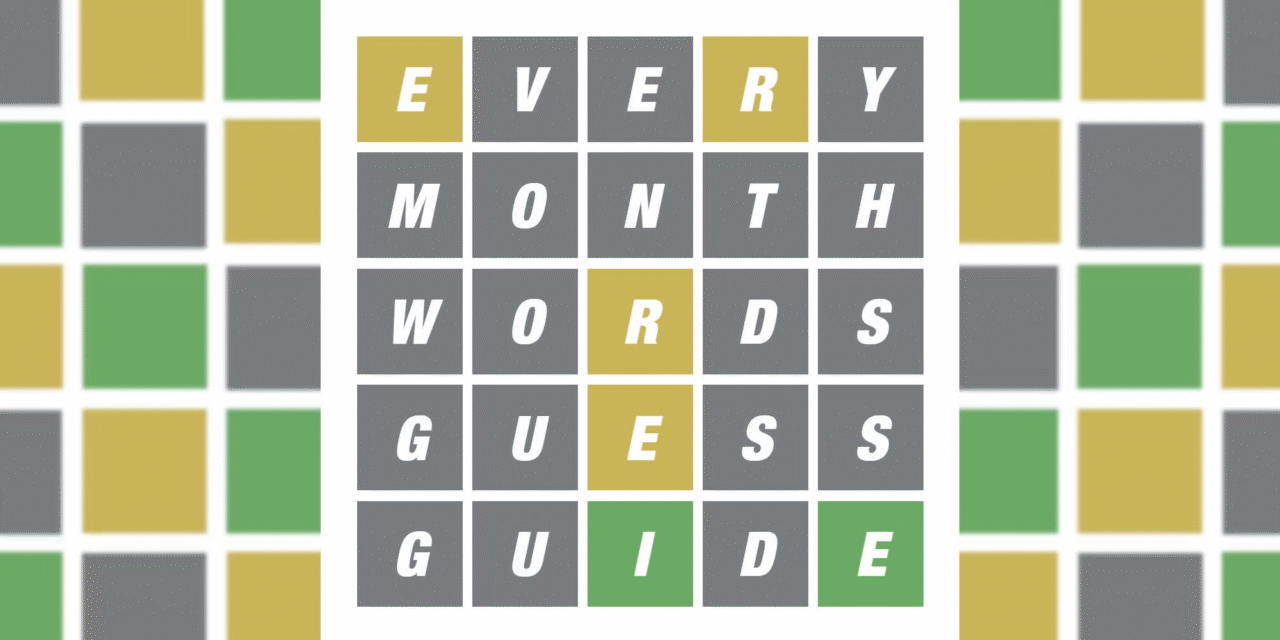
Josh Wardle, a software engineer who previously worked at Reddit, created Wordle in 2021 initially for his partner, who loved word games. The name “Wordl e” is a clever play on his surname. What started as a personal project gained traction when Wardle shared it with family and friends, who then shared it with their networks.
The game went viral in October 2021, growing from 90 players to over 300,000 in just a few months. By January 2022, millions were playing daily. The New York Times recognized its potential and acquired Wordl e from Wardle for an undisclosed seven-figure sum, ensuring the game would remain free for all players.
How to Play Wordle: A Step-by-Step Guide
Playing Wordl e is straightforward, but mastering it requires strategy and vocabulary skills. Here’s how to get started:
Step 1: Access the Game Visit the official Wordle website or The New York Times Games section to find the daily puzzle.
Step 2: Make Your First Guess Enter any five-letter word. Many experienced players start with words containing common vowels and consonants like “ADIEU,” “AROSE,” or “SLATE.”
Step 3: Analyze the Feedback After submitting your guess, observe the color changes:
- Green: Correct letter in the correct position
- Yellow: Correct letter in the wrong position
- Gray: Letter not in the target word
Step 4: Refine Your Strategy Use the feedback to inform your next guess. Include confirmed letters while trying new positions for yellow letters and avoiding gray letters entirely.
Step 5: Continue Until Solved You have six total attempts to find the correct word. Each guess should build upon previous feedback to narrow down possibilities.
Effective Strategies for Wordle Success
Successful Wordl e players often employ specific strategies to maximize their chances of solving the daily puzzle:
Start with Vowel-Heavy Words Beginning with words that contain multiple vowels like “AUDIO” or “OUIJA” helps identify which vowels are present early in the game.
Use Common Consonants Words featuring frequently used consonants such as R, S, T, L, and N can provide valuable information about the word structure.
Consider Letter Frequency Understanding that certain letters appear more often in English words can guide your guessing strategy. Letters like E, A, R, I, and O are statistically more common.
Avoid Repeated Letters Initially In your first few guesses, try to use words with five unique letters to gather maximum information about the target word.
Think About Word Patterns Common English word patterns and endings can help narrow down possibilities as you gather more information.
The Psychology Behind Wordle’s Success
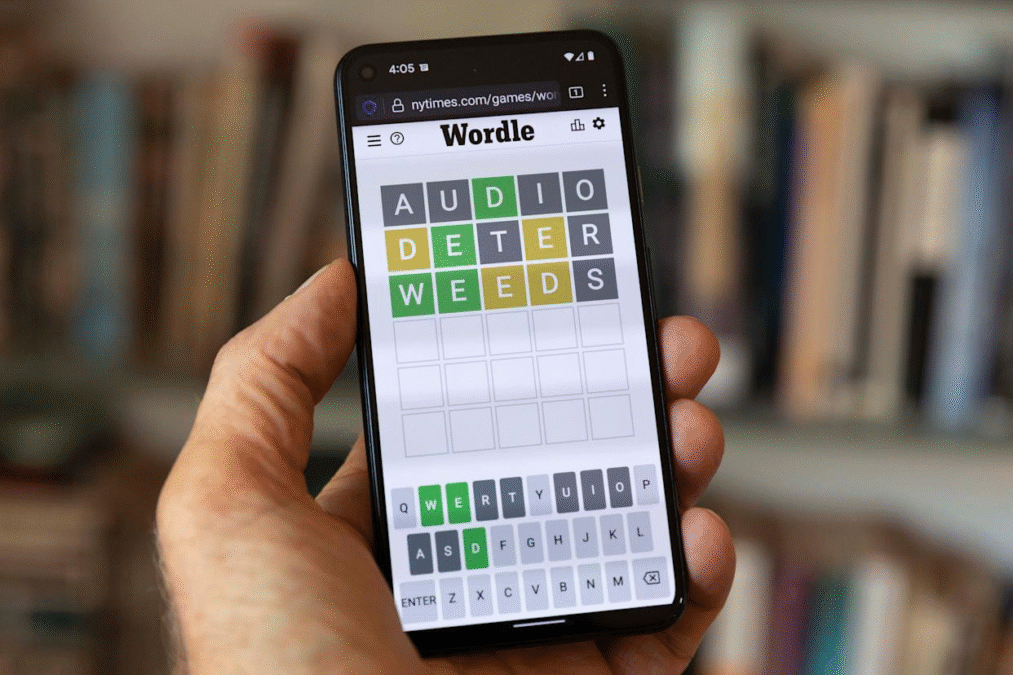
Wordle’s phenomenal success stems from several psychological factors that tap into human behavior and social dynamics:
Daily Ritual and Routine The once-daily format creates anticipation and establishes Wordl e as part of players’ daily routines, similar to crossword puzzles or sudoku.
Social Sharing Without Spoilers The ingenious grid-sharing system allows players to show their solving process without revealing the answer, creating a perfect balance between social engagement and puzzle integrity.
Achievable Challenge Wordle strikes an ideal difficulty balance—challenging enough to be engaging but not so difficult as to be frustrating for casual players.
FOMO and Shared Experience Knowing that everyone worldwide is solving the same puzzle creates a sense of shared experience and fear of missing out on the daily conversation.
Wordle’s Cultural Impact and Legacy
Since its acquisition by The New York Times, Wordl e has maintained its cultural relevance while inspiring countless variations and spin-offs. The game has influenced educational settings, with teachers using it to enhance vocabulary and critical thinking skills. It has also sparked discussions about language, strategy, and the power of simple, well-designed games.
The success of Wordl e has paved the way for other daily puzzle games and demonstrated that in an era of complex, graphics-heavy games, sometimes the simplest concepts resonate most strongly with audiences.
The Future of Wordle
As Wordle continues under The New York Times’ stewardship, it remains committed to its core principles: free access, daily puzzles, and clean, simple gameplay. The game’s enduring popularity suggests that it has transcended trend status to become a lasting fixture in the digital puzzle landscape.
Whether you’re a word game enthusiast or someone looking for a daily mental challenge, Wordle offers an accessible entry point into the world of puzzles while connecting you to a global community of fellow word lovers.
(FAQs) About Wordle
Q1 Is Wordle free to play?
Yes, Wordl e remains completely free to play. While The New York Times owns the game, they have maintained Josh Wardle’s original commitment to keeping it accessible to everyone without charge.
Q2 Can I play previous Wordle puzzles?
The official Wordl e only offers the current day’s puzzle. However, there are unofficial archive sites where you can play past puzzles, though these aren’t endorsed by The New York Times.
Q3 What happens if I don’t solve the Wordle in six guesses?
If you don’t solve the puzzle within six attempts, the game will reveal the correct answer. You can still share your attempt pattern, and there’s always tomorrow’s puzzle to try.
Q4 Are there different difficulty levels in Wordle?
Standard Wordle has one difficulty level, but The New York Times has introduced “Hard Mode,” which requires players to use confirmed letters (green and yellow) in subsequent guesses.
Q5 How are Wordle words chosen?
The New York Times curates Wordle’s word list, selecting common five-letter words while avoiding obscure terms, proper nouns, and potentially offensive language. The goal is to keep puzzles challenging but fair for all players.

